SECURE CODING EXCELLENCE
SECURE SOURCE
CODE REVIEW
A secure source code review is a systematic, line-by-line code analysis for websites, applications, and software. The main objective is to identify security risks, vulnerabilities, or flaws that might have been overlooked during both the pre and post-development phases, as well as any that have been newly introduced. This process ensures that the code adheres tо the coding standards, complies with security regulations, meets performance criteria, and satisfies third-party audit requirements, enhancing the overall security and quality of the software.
Tell us
about your scope
What You'll Get

Key findings, risks, impacts, and critical recommendations.
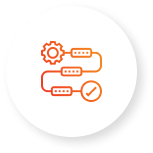
Overview of methodologies, standards, tactics, and techniques used.
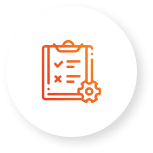
Detailed vulnerability analysis, reproduction steps, PoC, evidence.

Strategic and tactical walkthrough on how to fix vulnerabilities.

Comprehensive advice on cybersecurity enhancement strategies.
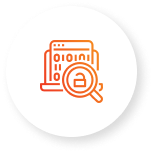
Offered once vulnerabilities are fixed.
SECURE CODING EXCELLENCE
What is Secure Code Review?
A secure code review is a strategic ‘White Box’ testing activity aimed at detecting and identifying loopholes and vulnerabilities before they are exploited for malicious gain. A Secure Source Code Review is always customized and requires a deep understanding of the application’s features and business rules. Our approach leverages industry-standard methodologies to ensure a thorough security assessment is conducted under safe and controlled conditions and utilizes an advanced mix of scanning tools and manual inspection. Beyond mere detection, Secragon stands out for discovering complex vulnerabilities not yet published and often not yet discovered.
We don’t just point out security holes; we help you solve them and provide detailed guidance and recommendations for best coding practices. Our goal is to equip your developers with the information they need for the continuous improvement and maintenance of your software’s security, ensuring long-term protection and resilience.
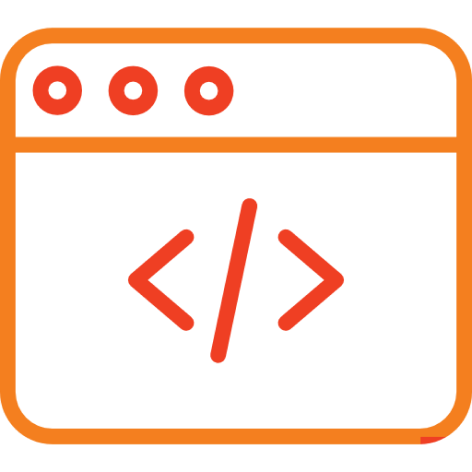
Identifies potential security flaws in the early stages, enhancing the overall design of the project.
Reduces the time and resources needed to identify, fix, and debug security issues.
Helps avoid unplanned, last-minute modifications in production.
Fosters knowledge sharing between developers and the rest of the team, enhancing teamwork.
Standardizes solutions for common business functions, leading to more efficient product delivery.
Ensures that the software adheres to enterprise coding and security standards.
Why Conduct a Secure Code Review?
Conducting a Secure Code Review is vital to ensure the security and integrity of your software application’s code.
PROTECT AGAINST THE LATEST THREATS
When Should You Perform
Secure Code Review?
You should perform a Secure Source Code Review as an ongoing practice to continuously identify and fix issues and as frequently as required by the organizational security policy. In addition, at several key points:
Essential to check that external integrations do not bring in new vulnerabilities to the system.
Early Development Stages
To identify and address potential vulnerabilities before they become deeply embedded in the code and to support better performance.
Post-Incident Analysis
Reassess the code after any security breaches or when new vulnerabilities are discovered in the technology stack to prevent future occurrences.
Major Updates or Additions
Following major updates, enhancements, or the integration of new features, to uncover any newly introduced vulnerabilities.
Third-Party Components
Essential to check that external integrations don’t compromise the security of the code by introducing unforeseen risks.
Before Public Releases
Before launching, perform a thorough review to ensure all security issues are addressed, safeguarding against potential threats.
Compliance Check
Regularly, to meet compliance and regulations that mandate stringent security measures and data protection.
We Provide Expert Solutions And Definite Results

Transparent
Pricing
Clear, upfront, with no
hidden costs.

Dedicated Project
Manager
Your security is our
commitment.
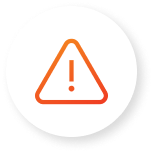
Retesting After
Fixes
Ensuring threats are
truly eliminated.

Affordable
Expertise
Premium protection,
reasonable rates.

Customized
Approach
Solutions fitted to your
specific needs.
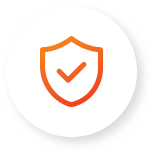
Proactive
Protection
Effectively securing your
digital assets.
What Will Be Assessed During a Secure Code Review?
During a Secure Code Review, several key areas are typically assessed to ensure the security of the application:
Input
Validation
Ensuring that all input received by the application is properly validated to prevent common attacks such as SQL injection or cross-site scripting.
Error
Handling and Logging
Evaluating how the system handles errors and logs activities, ensuring it doesn’t expose sensitive information or create other security risks.
Authentication
and Authorization
Verifying that the system correctly
identifies and authenticates users,
and that it properly restricts access based
on user roles.
Code Dependencies
and Third-Party Libraries
This includes reviewing code for adherence to best practices, checking for business logic flaws, and ensuring compliance with relevant coding and security standards.
Data
Handling and Storage
Checking how the application handles and stores sensitive data, including the use of encryption and secure data management practices.
And
More
Including Dark Web leaks, SSL/TLS configurations, third-party integrations, default credentials checks, etc.
Frequently Asked Questions
Couldn’t find the information you were looking for?
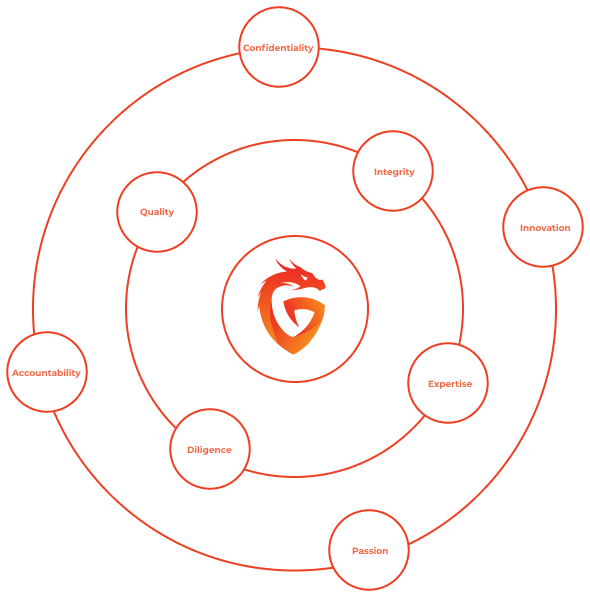
SECRAGON, YOUR CYBERSECURITY PROVIDER
We, at Secragon, are a team of certified ethical hackers, visionary security engineers, seasoned penetration testers, and committed project managers… but first of all – professionals, who LIVE and BREATHE Offensive Security. Along the list of qualifications, titles, and credentials, we bring a real “think outside of the box” mindset to every project and we constantly strive to learn, explore, and push forward to master complex concepts and deliver top-notch services and results.


